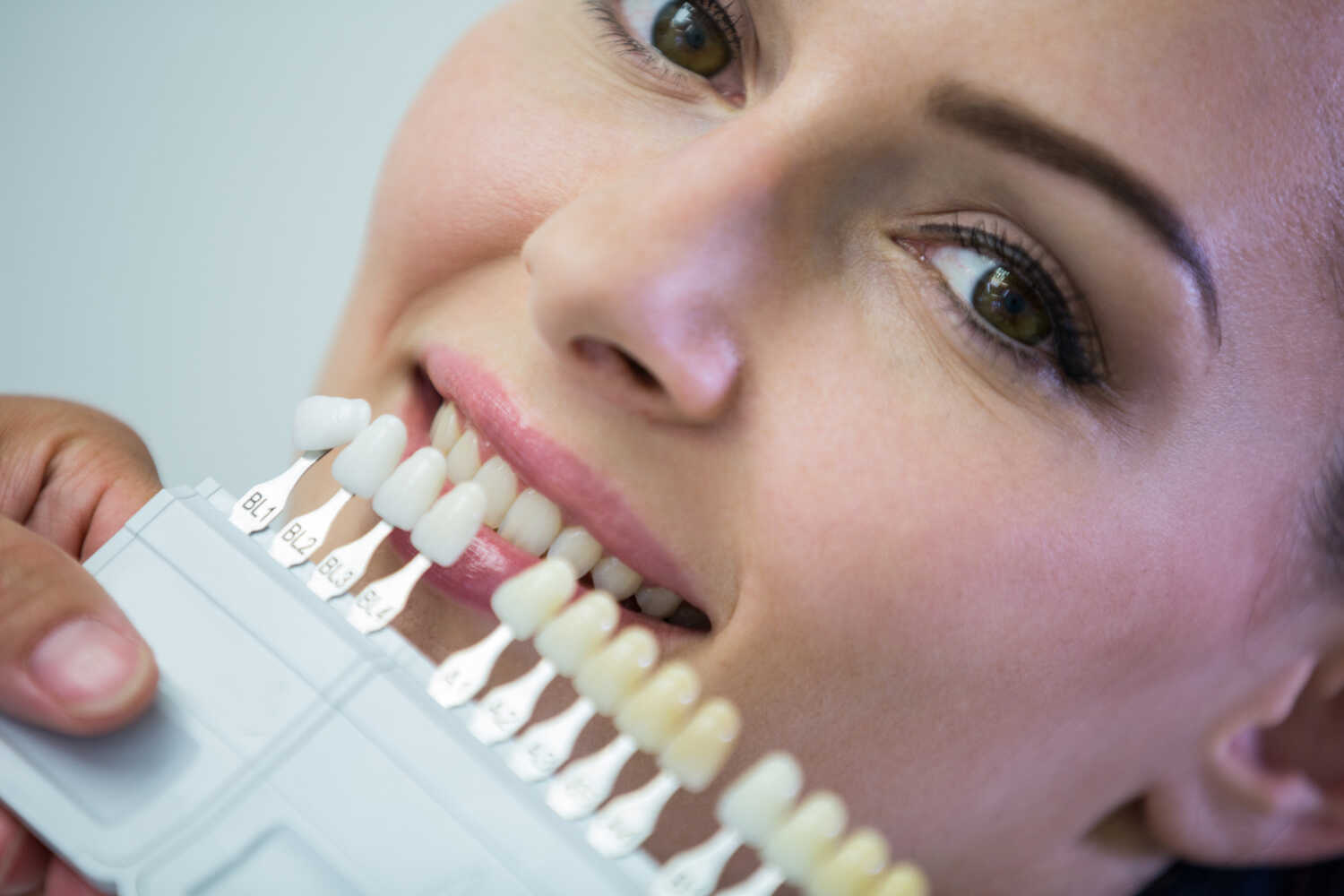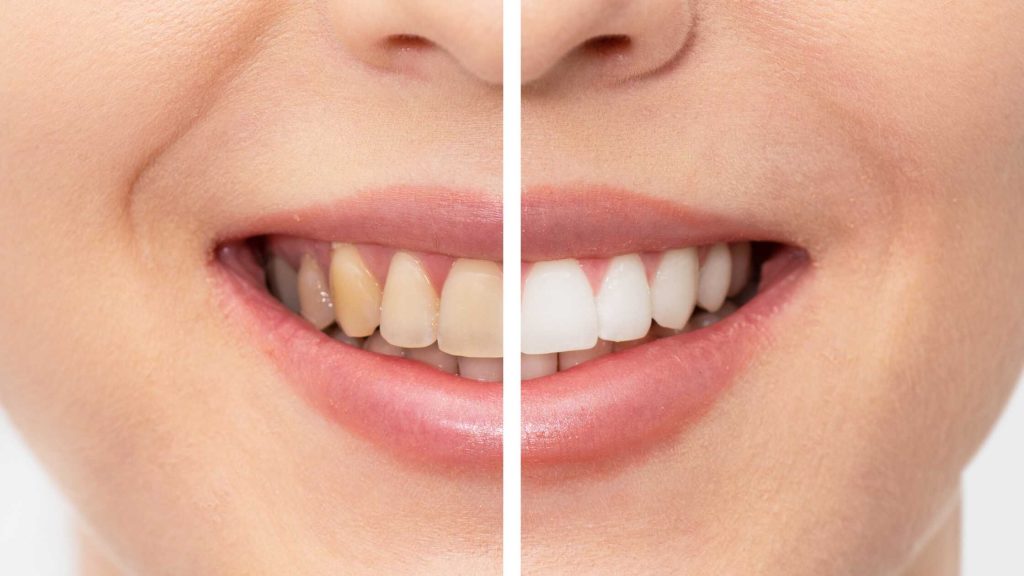TEETH WHITENESS SCALES
A standardized system used by dental practitioners to assess and classify tooth color is the teeth whiteness scale, sometimes referred to as the tooth shade guide or tooth color chart. This scale is used as a reference to establish a person’s natural tooth color and to monitor any alterations in tooth color before and after teeth whitening procedures. The scale is usually made up of a number of color tabs or shades that go from the lightest, brightest white to different hues of yellow and grey. This scale gives dental professionals a standardized way to precisely determine the shade of a patient’s teeth.
MAJOR TEETH WHITENESS SCALES
The Vita Shade Guide and the American Dental Association (ADA) scale are two regularly used scales for teeth whitening.
Vita Shade Guide:
One of the most popular and well-known teeth whiteness scales is the Vita Shade Guide. It has 16 shades, numbered from A1 to D4. The colors go from bright to dark, with A1 being the lightest and D4 being the darkest. This chart is used by dentists to match a patient’s teeth to their current shade and monitor the effectiveness of teeth-whitening procedures. It is divided into four groups, and each group has several shade variations.
A (reddish-brown shade)
B (reddish-yellow shade)
C (gray shade)
D (reddish-gray shade)
Additional divisions within each category are indicated by numbers or letters to indicate certain shade variations. This shade chart aids dental professionals in determining a patient’s tooth color and choosing the best teeth-whitening or restoration procedures.
ADA Scale:
The American Dental Association (ADA) scale, which contains five colors, is another method of measuring teeth whiteness. BL1 is the lightest tint, and BL5 is the darkest. This scale is frequently employed in research investigations and the testing of dental products.
BENEFITS OF TEETH WHITENESS SCALE:
Objective Measurement:
The scale offers an objective evaluation of tooth whitening, enabling precise comparisons and the monitoring of development before, during, and after teeth whitening procedures.
Treatment Planning:
Dental professionals can use the scale to create personalized treatment plans based on the patient’s desired outcome. It aids in establishing reasonable expectations and acts as a yardstick for achievement.
Research and Product Development:
The teeth whiteness scale is essential for carrying out research studies and assessing the effectiveness of teeth-whitening items. It enables uniform comparisons and evaluations among various investigations.
Patient Satisfaction:
The teeth-whitening scale is helpful for patients because it enables them to comprehend the color of their teeth as they currently are and the prospective improvements that teeth whitening may be able to bring about. It supports their overall pleasure and trusts in the course of treatment.
CONCLUSION
The teeth whiteness scale is important in dentistry because it allows dental professionals to precisely examine and determine the color of a patient’s teeth. Dental professionals may plan efficient teeth whitening procedures, keep track of progress, and guarantee patient satisfaction by using standardized scales like the ADA scale and the Vita shade guide. So, if you’re thinking about getting your teeth whitened, talk to your dentist about your goals and allow the teeth whitening scale to direct you towards a radiant, self-assured smile that will make an impression.





